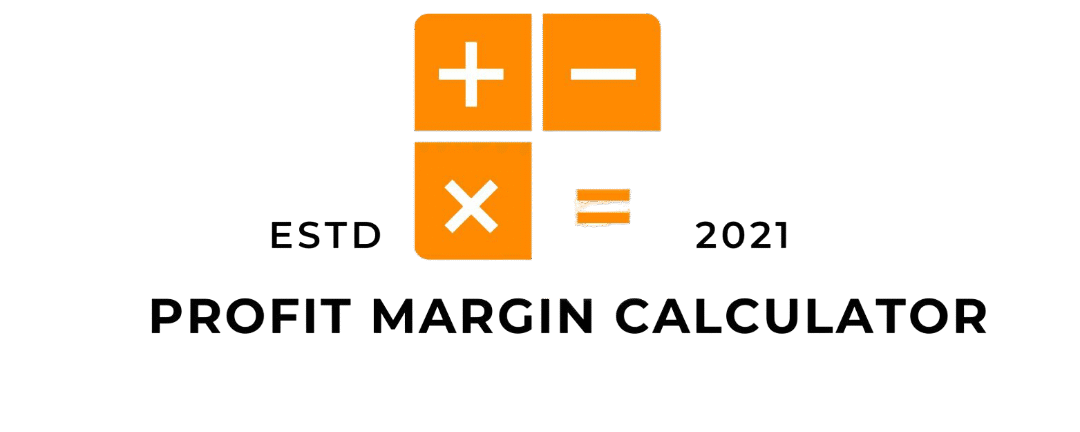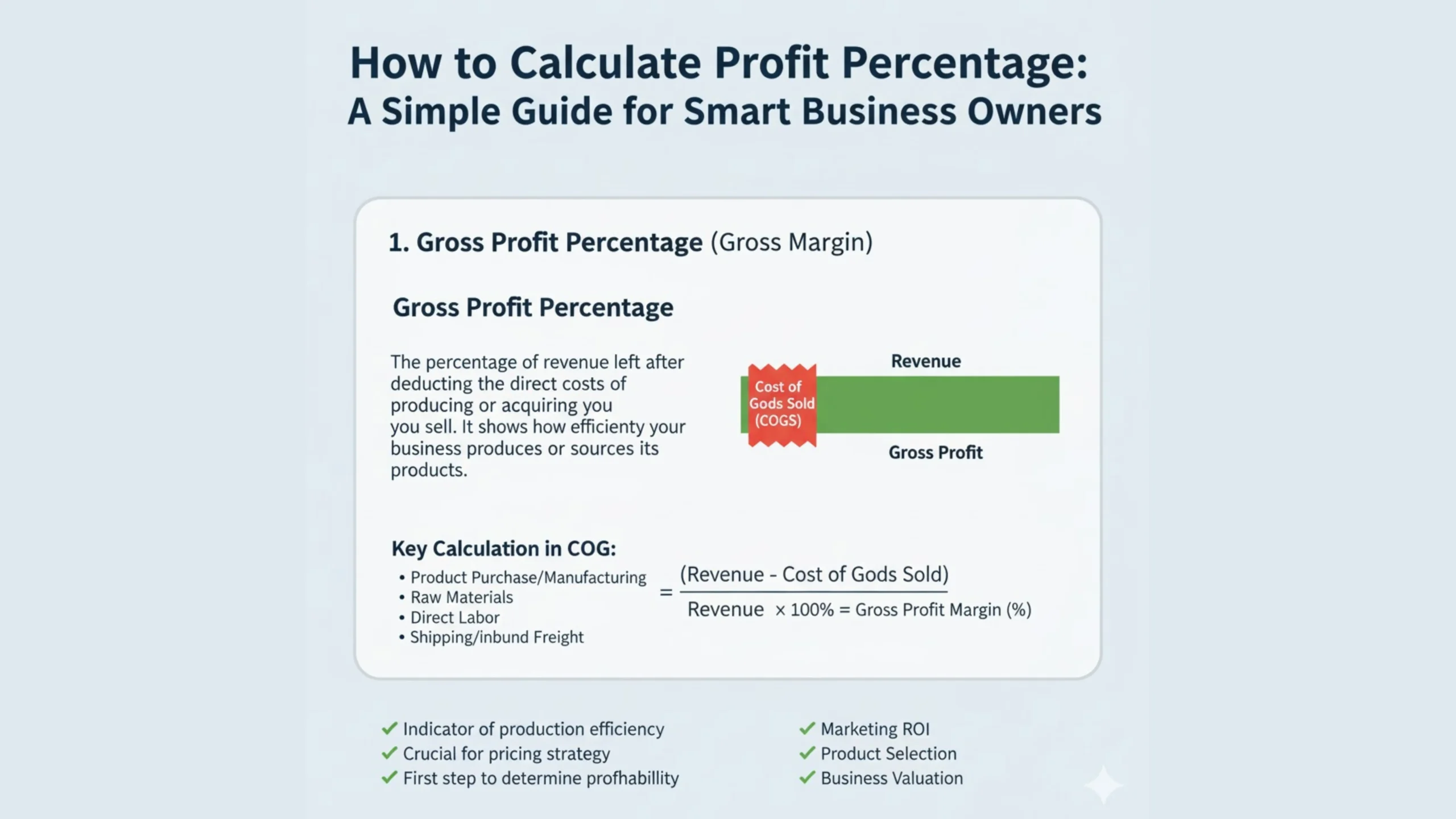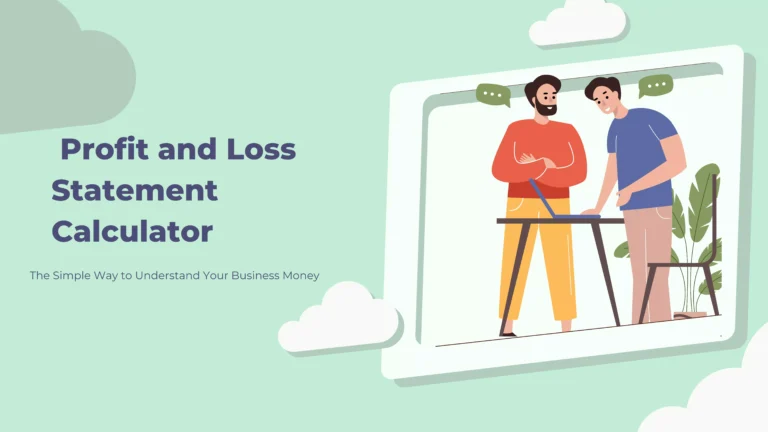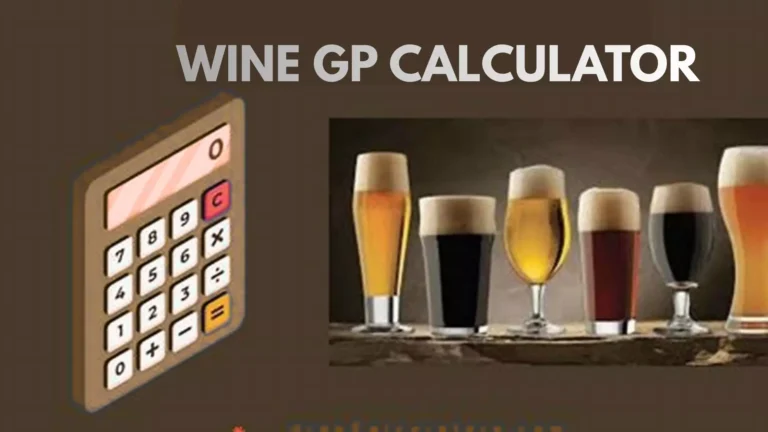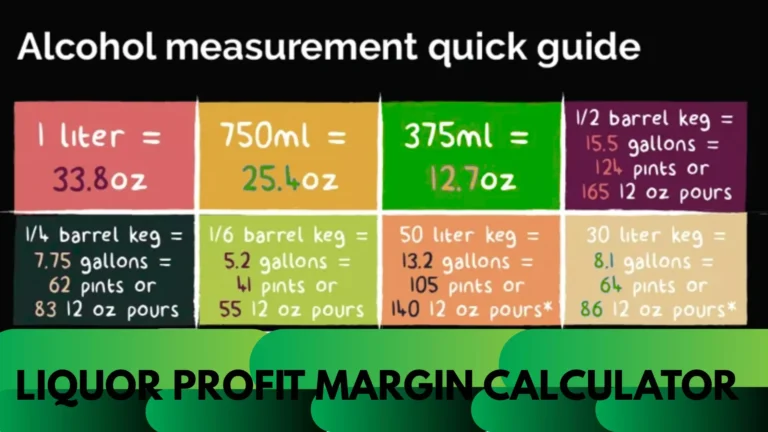Knowing how to calculate profit percentage isn’t just for accountants—it’s for anyone who sells, buys, or manages money. Whether you’re running an online store, freelancing, or managing a small business, understanding profit margins helps you make smarter pricing and spending decisions. Let’s break it down.
1. What Is Profit and Why Does It Matter?
Profit is the difference between what you earn (revenue) and what you spend (cost). In simple terms:
Profit = Selling Price – Cost Price.
If your cost to produce or buy a product is £50 and you sell it for £70, your profit is £20. Profit shows how efficiently your business turns spending into earnings.
It’s also a key performance indicator (KPI) for business growth, financial planning, and pricing strategy.
2. The Formula for Calculating Profit Percentage
Here’s the standard profit percentage formula:
Profit Percentage = (Profit ÷ Cost Price) × 100
Let’s apply it:
- Cost Price = £50
- Selling Price = £70
- Profit = £70 – £50 = £20
So,
Profit Percentage = (20 ÷ 50) × 100 = 40%
That means you earned a 40% profit on your sale.
3. Difference Between Gross Profit and Net Profit
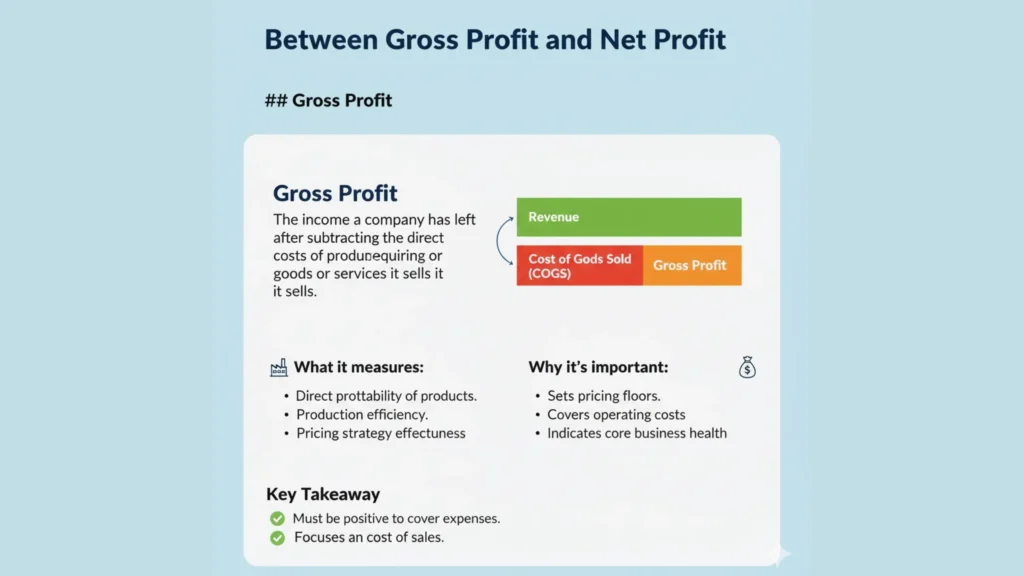
People often confuse these two, but they’re not the same:
- Gross Profit: Total sales revenue minus the cost of goods sold (COGS).
- Net Profit: What’s left after subtracting all other expenses like rent, salaries, marketing, and taxes.
Gross profit tells you if your pricing covers your product costs. Net profit tells you if your business is actually making money after everything else.
Both numbers help in financial analysis, budgeting, and profit margin calculation.
4. How to Increase Your Profit Percentage
Improving your profit margin doesn’t always mean raising prices. You can:
- Reduce costs by negotiating with suppliers.
- Increase sales volume through better marketing.
- Add value—offer bundles, loyalty programs, or upsells.
- Optimize pricing using competitive analysis.
Small improvements in cost or price can create big jumps in your profit percentage.
5. Tools to Help You Calculate Profit Easily
If you’re not a fan of manual math, use a Profit Margin Calculator. Many free tools online let you enter your cost and selling price, and they’ll instantly show your profit percentage, markup, and margin.
You can also use Excel formulas or apps like QuickBooks or Shopify Analytics to track profits automatically.
Final Thoughts
Calculating profit percentage helps you understand where your money is going and how much is coming back. Once you master this simple formula, you’ll make smarter financial decisions, set better prices, and spot areas where your business can grow.
